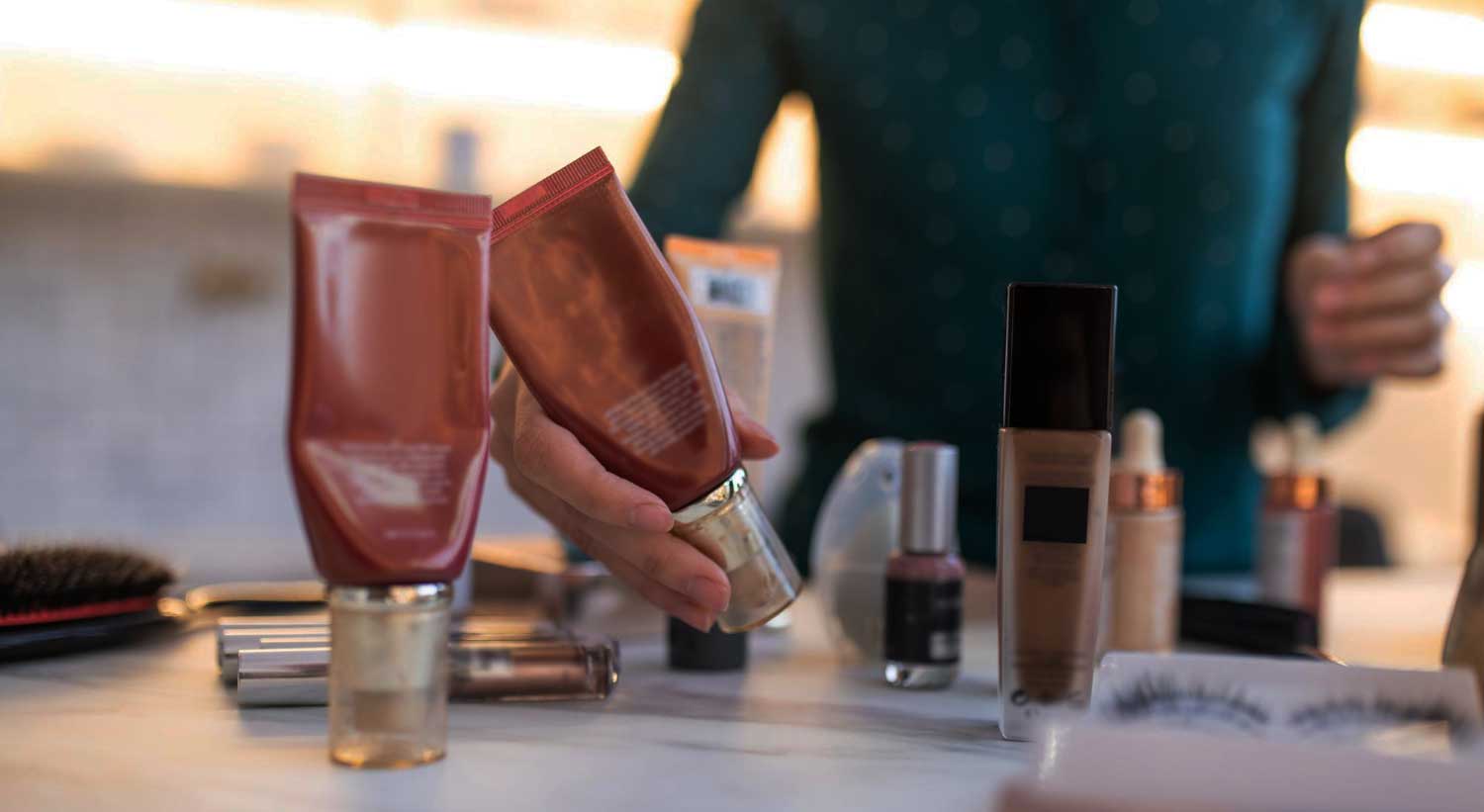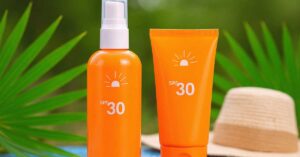
Are you struggling to keep up with changing cosmetic regulations? The FDA MoCRA (Modernization of Cosmetics Regulation Act), passed in late 2022, has reshaped how cosmetics are regulated in the U.S., and if you manufacture, distribute, or sell products, these rules now directly impact your business.
In fact, MoCRA is the most significant update to U.S. cosmetic law in more than 80 years. While not brand-new, many of its requirements are only now being phased in. It demands stricter facility registration, accurate labeling, safety reporting, and documented proof that your products are safe.
Therefore, if you miss these requirements, your business could be at risk. On the other hand, understanding them helps you stay compliant and keep your products on the market. Let’s explore what MoCRA means for you and how you can prepare. Keep reading to learn more.
What is MoCRA?
MoCRA, or the Modernization of Cosmetics Regulation Act, updates FDA oversight for cosmetics. It was signed into law in December 2022, marking the first major reform of cosmetic regulations in the U.S. since 1938.
For decades, cosmetic oversight was minimal compared to drugs or medical devices, and businesses had little clarity on what was required. As a result, safety standards often relied heavily on voluntary industry practices rather than enforceable rules.
Now, the law requires companies to prove products are safe before they are sold, supported by scientific evidence and proper documentation. By strengthening oversight, FDA MoCRA brings the U.S. closer to global standards, giving consumers more transparency and businesses clearer compliance frameworks.
In addition, MoCRA sets clear timelines for compliance and phased requirements, which means that businesses should act early to avoid last‑minute risks. FDA MoCRA guidance outlines these changes in detail.
Why MoCRA Matters for Your Business
MoCRA isn’t just about ticking regulatory boxes; it has real implications for how your company operates and grows. Here are some of the main reasons why paying attention to FDA MoCRA requirements matters:
- Future-proof operations: Complying now avoids costly adjustments later.
- Build trust: Demonstrating FDA MoCRA compliance reassures customers.
- Reduce risks: Minimize recalls, lawsuits, and negative publicity.
- Gain an edge: Early adopters of compliance stand out in the market.
Key FDA MoCRA Requirements
1. Facility and Product Registration
You must register your cosmetic facilities and products with the FDA. Registration includes details about ingredients and formulations.
2. Adverse Event Reporting
Serious health reactions must be reported to the FDA. This helps regulators monitor product safety and maintain consumer trust.
3. Labeling Requirements
MoCRA enforces stricter labeling, ensuring ingredient lists are accurate and transparent. This prevents misleading claims and helps consumers make informed decisions.
4. Good Manufacturing Practices (GMP)
Facilities must follow FDA GMP standards to ensure safe, consistent, and contamination-free production.
Safety Substantiation Under FDA MoCRA
MoCRA requires clear evidence that your products are safe. To comply, you should start by reviewing ingredient safety through studies, safety data sheets, or alternative tests like in vitro or patch testing.
You also need to test the final product with stability and microbial checks, and sometimes small clinical studies, to make sure it remains safe over time.
Keeping records of these activities is equally important. A safety file with ingredient data, test results, and risk assessments allows you to respond quickly if the FDA requests proof.
Finally, assess risks in advance and take action. Adjust ingredients, add preservatives, or improve labels, so your products meet FDA MoCRA standards and build consumer trust.
Key Takeaways
- FDA MoCRA is now the standard for cosmetic safety in the U.S.
- Registration, labeling, and GMP are mandatory for compliance.
- Safety substantiation requires documented proof of product safety.
- Adverse event reporting ensures ongoing monitoring of consumer health.
- Compliance builds trust and protects your brand reputation.
Key FDA MoCRA Requirements
Is FDA MoCRA difficult to comply with?
Many businesses find the new requirements complex, especially if they lack regulatory expertise. However, with the right guidance and planning, compliance becomes much more manageable.
Does FDA MoCRA apply to small businesses too?
Yes, although some exemptions exist, most companies must comply with core MoCRA requirements. Smaller businesses often need support to understand which parts of the law apply to them.
Can MoCRA actually benefit my business?
Absolutely. Beyond compliance, MoCRA strengthens consumer confidence, reduces risk, and positions your brand as trustworthy. It can also help open doors to international markets by aligning U.S. practices with global standards.
What happens if I don’t comply with FDA MoCRA?
Non-compliance can lead to product recalls, warning letters, or even removal of your products from the market. These actions not only hurt financially but also damage your brand reputation.
How soon should I act on MoCRA requirements?
You should start preparing now. Many provisions are already in effect, and others have set deadlines. Early compliance gives you more time to adjust your operations and avoid last-minute risks.
Ready to Get Expert Support for FDA MoCRA Compliance?
Complying with FDA MoCRA is no longer optional. By understanding the new rules and preparing your documentation, you can protect your brand, meet consumer expectations, and grow in a safer, more transparent market.
Ready to take the next step? Our team can guide you through every detail of FDA MoCRA compliance. We support businesses with solutions such as facility registration, product listing, labeling regulations, safety substantiation, manufacturer facility inspection, and adverse event reporting.
You can explore how we help companies stay compliant with FDA cosmetics requirements, or reach out to us today to keep your cosmetics safe, compliant, and market-ready.







